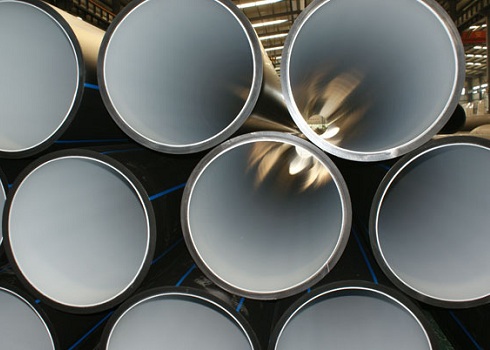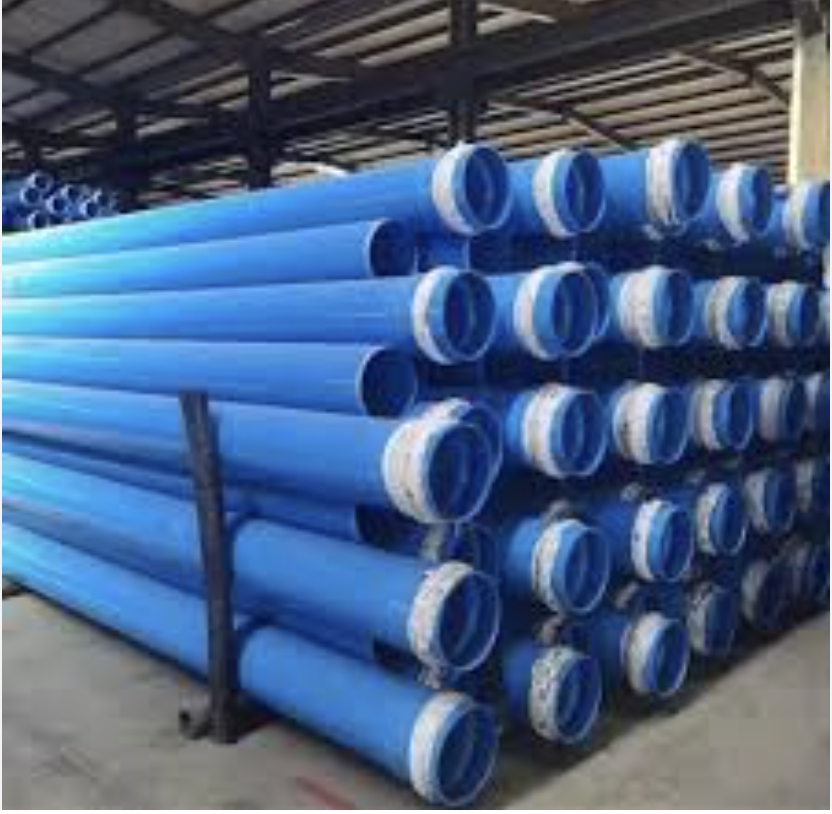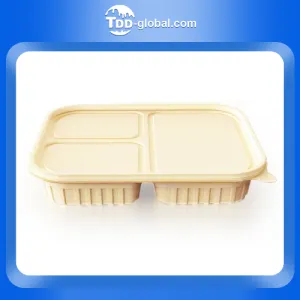SunSirs:Rubber And Plastics, 2019 PE Yearly Report

1. Overall Trend
PE market trend in 2019 showed a downward trend. 20.54% year-on-year decline in LLDPE, 19.9% decline in HDPE and 11.76% decline in LDPE.
On the one hand, the market decline is due to the supply and demand situation.
On the other hand, the trade environment is complex and volatile, which has a significant impact on the domestic spot market.
In addition, polyethylene terminal resilience declined in 2019. Most of them are strict requirements. However, it is expected that the new capacity of polyethylene investment units at home and abroad in 2019 will exceed 8 million tons per year.
From January to August 2019, the total output of plastic products was 60.669 million tons, up 8.1% year-on-year.
Various factors contribute to the rise and fall of the polyethylene market. Let's take a closer look.
2. Market Analysis
PE market generally declined in the first quarter.
January approaches the Lunar New Year holiday. The industry showed caution due to lack of expectation of demand. Most people are on the sidelines.
As the Lunar New Year holiday approaches, downstream factories are gradually entering the peak season. Demand expectations are low, and the enthusiasm of the downstream market is weakening. The spot market is pessimistic.
After the holiday, downstream production resumed and the start rate rose. Some companies have re-entered the market and started buying.
However, Sinopec's inventory has exceeded 1.1 million tons. Sinopec has stepped up inventory clearance. Doc is very cautious. The enthusiasm to enter the market has significantly weakened. The contradiction between supply and demand further deepened.
However, crude oil prices are on an upward trend due to the easing of the trade war between China and the United States, tensions in the Middle East and OPEC production cuts. WTI and Brent continue to rise. Crude oil supports the polyethylene market. PE The market remained stable except for some downturns.
PE market shook down in the second quarter.
The overall market rebounded slightly at the beginning of the quarter.
There are several reasons for this. In the first quarter, downstream demand for agricultural and farm film entered the peak season. Earlier this month, crude oil prices rose. Some manufacturers are in a state of good maintenance of the surrounding market, and the petrochemical price increase mentality is obvious.
The market is also improving due to the impact of tax cuts. The trading atmosphere was relatively positive, and prices rebounded slightly.
But the good times did not last long and the market fell.
After entering the second quarter, with the increase in demand, agricultural film and mulch film gradually decreased, and the downstream demand for PE began to support the price.
Plastic futures began to plummet due to the impact of various aspects of the U.S.-China trade war.
In addition, the continued influx of imports led to a sustained fall in prices on all fronts.
Brokers and downstream players were affected by the economic conditions and poor demand.
As a result, PE social inventories are slowly declining and staying at historically high levels. Some petrochemical companies canceled markup sales and reduced ex-works prices.
At the end of the month, crude oil and futures prices rose sharply and traders tried to push up prices, but terminals continued to restock.
Suppliers can gradually lower prices if supply is adequate and social inventories are high. Higher prices are more difficult to trade. PE prices continue to weaken.
The third quarter should be the peak season of the plastics market due to the arrival of the traditional stock preparation period. However, due to multiple negative impacts, the peak season effect is not obvious.
Many downstream business models have changed and manufacturers have become more rational in their purchases.
At the beginning of the quarter, futures fell and then rebounded and continued to rise. In addition, with the sharp rise in crude oil prices, the spot market also showed a slight upward trend. However, the good times did not last long, and the PE spot market began to fall again in mid-July.
Futures position increment continued to shock downward, falling below the 8000 line. The mentality of suppressing the market is obvious, and the downstream enterprises' wait-and-see attitude has increased, and the power to enter the market has declined.
Futures continue to fall. Market trading is weak. Retailers are facing increasing pressure on deliveries. There is very little volume in the market.
Inventories of petrochemical companies are gradually accumulating and factory prices are falling. Market costs lost support and prices continued to fall. In the second half of this year, petrochemical inventories declined, but the decline was gradual.
Traders are pessimistic and prices are highly dependent on market conditions. Downstream companies have weak intention to take delivery.
Downstream enterprises have weak intention to receive goods. They mainly buy based on demand. Inventories are running low and the overall trading atmosphere in the spot market continues to improve.
The market did not stop falling until mid-September. With futures prices bottoming out and rebounding, the industry is optimistic about the future.
Petrochemical companies entered a rapid destocking cycle and ex-factory prices continued to rise. This is in LDPE. It is very obvious. LLDPE rose sharply in the third quarter, to 4.9%.
The polyethylene market lacked significant positivity in the fourth quarter, and market performance continued to be weak.
In the fourth quarter, there is no obvious good news in the polyethylene market, market performance continues to be weak. The first quarter is still the "Silver Ten" peak season, but the downstream orders are not as good as in previous years, most of the enterprises on-demand procurement, the warehouse is still under pressure.
Stronger oil prices and futures, as well as the rise of petrochemical products to help the market in October.
Spot prices were relatively firm with frequent narrow adjustments. Market confidence declined as futures prices continued to fall mid-season. Some petrochemical regions continued to cut prices, cost support weakened, forcing merchants to sell products. The three main varieties of PE have declined to varying degrees.
The enthusiasm of downstream factories to enter the market did not improve, and the wait-and-see attitude is more. Factory shipments continue to be sluggish, the trading atmosphere is clear.
With the volatility of linear futures over the next few years, traders became better minded and made more aggressive offers.
Over the next few years, as linear futures fluctuated, traders became better minded and made more aggressive offers.
However, the purchasing atmosphere for downstream products did not improve and continued to dampen market sentiment. The plastics market rebounded slightly and then continued to weaken.
3 Market Forecast
Polyethylene is on an overall downward trend in 2019. By the end of the year, profitability is relatively limited and the market remains sluggish and lackluster.
Toodudu polyethylene analysts believe that the pressure on the supply side of polyethylene is still high and demand is still in an oversupply situation. The price of polyethylene is already low.
Excluding the maintenance season and downstream, the market is expected to remain weak in 2020. The overall change is expected to be less than this year, except for the possibility of a significant change in the existing buying season.
Please feel free to contact toodududu (tdd-global@toodudu.com) with any questions.
Recommended Suppliers
 September 23, 2024
September 23, 2024  June 3, 2024
June 3, 2024  June 3, 2024
June 3, 2024  June 3, 2024
June 3, 2024  June 3, 2024
June 3, 2024 














